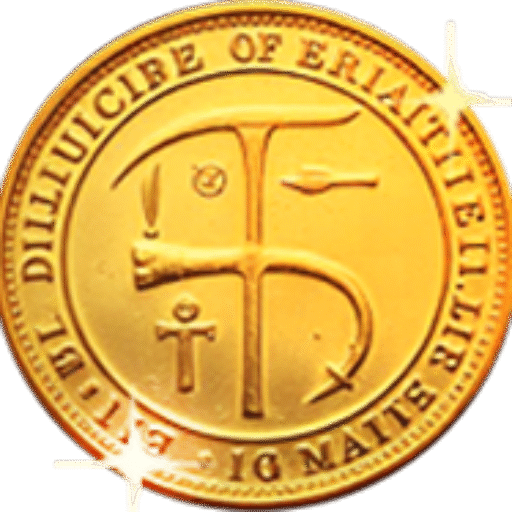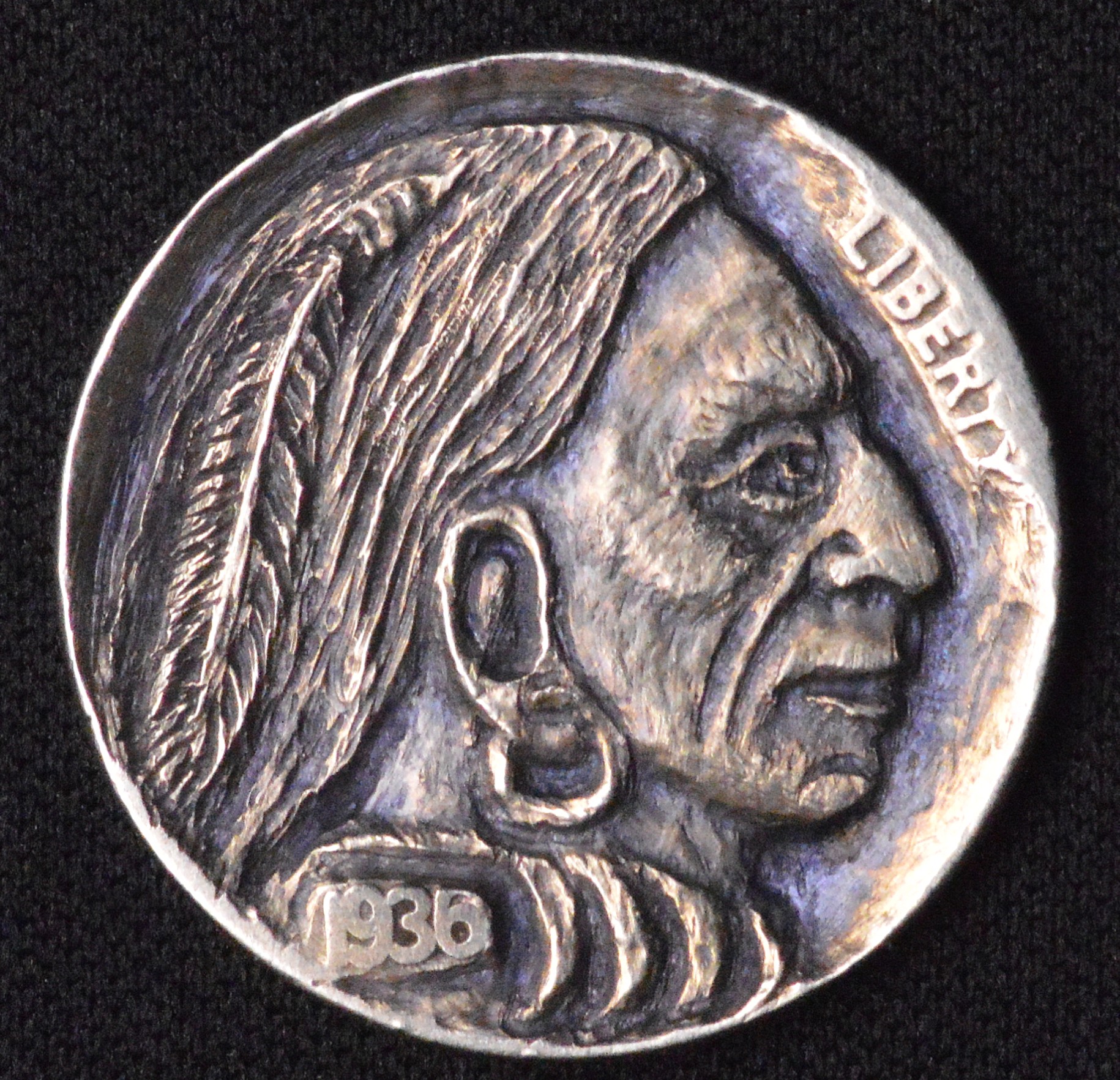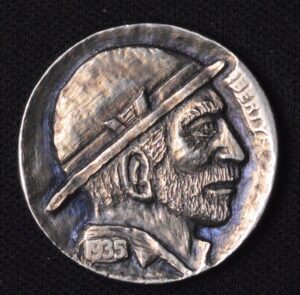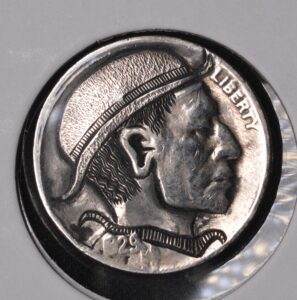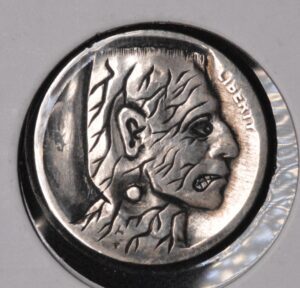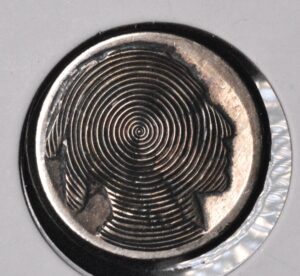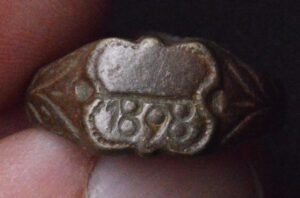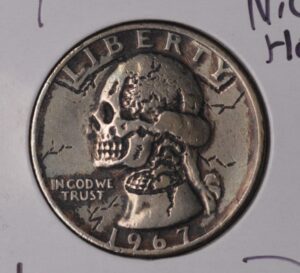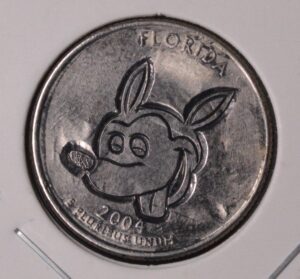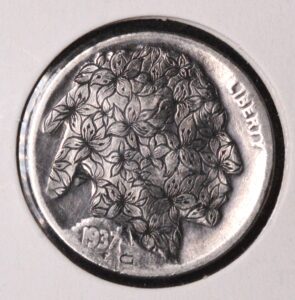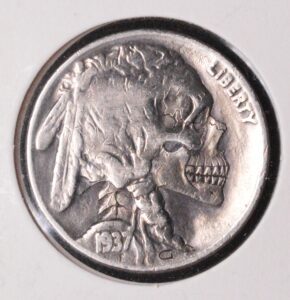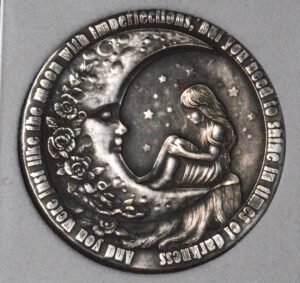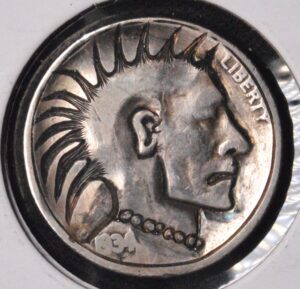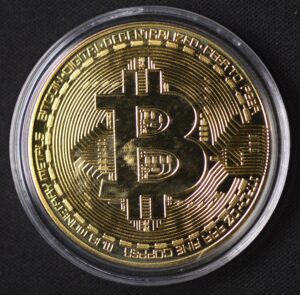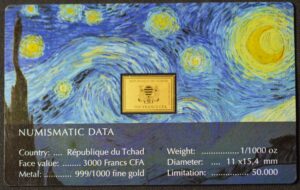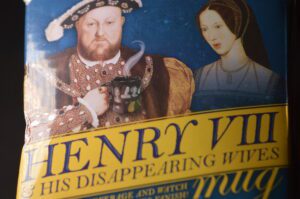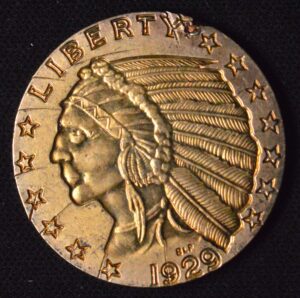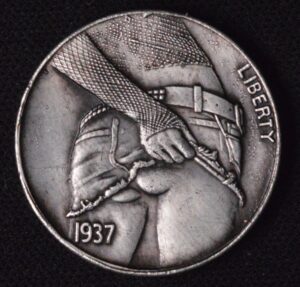Description
The “Indian Joe Hobo” likely refers to a type of hobo nickel carving based on the Indian Head or Buffalo nickel. Hobo nickels are coins—primarily Buffalo nickels minted from 1913 to 1938—that have been hand-carved into miniature works of folk art by itinerant workers and artists, often called “hobos.” The original Indian Head design on the obverse of the nickel, featuring a Native American chief, provided a large and detailed surface ideal for creative alterations.
One popular theme among hobo nickel artists is transforming the original Native American portrait into unique characters, often referred to by names like “Indian Joe,” representing the artistic reinterpretation of the Native features into a distinct, personalized figure. These carvings vary widely, from simple alterations to highly detailed portraits featuring hats, beards, and expressive faces, reflecting the carver’s style and creativity. Some of the most renowned hobo nickel artists, like Bo Hughes and Bert Wiegand, helped establish these iconic styles, making carved Indian heads highly prized in the hobo nickel collecting community.
Hobo nickels like “Indian Joe” are valued for their artistic merit, historical significance, and the cultural story they tell about the itinerant craftsmen who created them during the early to mid-20th century.
In summary, the “Indian Joe Hobo” is a unique hand-carved rendition of the Native American profile from Buffalo nickels, exemplifying the rich folk art tradition of hobo nickels and embodying the creativity and history behind this collectible genre.
The “Indian Joe Hobo” likely refers to a type of hobo nickel carving based on the Indian Head or Buffalo nickel. Hobo nickels are coins—primarily Buffalo nickels minted from 1913 to 1938—that have been hand-carved into miniature works of folk art by itinerant workers and artists, often called “hobos.” The original Indian Head design on the obverse of the nickel, featuring a Native American chief, provided a large and detailed surface ideal for creative alterations.
One popular theme among hobo nickel artists is transforming the original Native American portrait into unique characters, often referred to by names like “Indian Joe,” representing the artistic reinterpretation of the Native features into a distinct, personalized figure. These carvings vary widely, from simple alterations to highly detailed portraits featuring hats, beards, and expressive faces, reflecting the carver’s style and creativity. Some of the most renowned hobo nickel artists, like Bo Hughes and Bert Wiegand, helped establish these iconic styles, making carved Indian heads highly prized in the hobo nickel collecting community.
Hobo nickels like “Indian Joe” are valued for their artistic merit, historical significance, and the cultural story they tell about the itinerant craftsmen who created them during the early to mid-20th century.
In summary, the “Indian Joe Hobo” is a unique hand-carved rendition of the Native American profile from Buffalo nickels, exemplifying the rich folk art tradition of hobo nickels and embodying the creativity and history behind this collectible genre.
The “Indian Joe Hobo” likely refers to a type of hobo nickel carving based on the Indian Head or Buffalo nickel. Hobo nickels are coins—primarily Buffalo nickels minted from 1913 to 1938—that have been hand-carved into miniature works of folk art by itinerant workers and artists, often called “hobos.” The original Indian Head design on the obverse of the nickel, featuring a Native American chief, provided a large and detailed surface ideal for creative alterations.
One popular theme among hobo nickel artists is transforming the original Native American portrait into unique characters, often referred to by names like “Indian Joe,” representing the artistic reinterpretation of the Native features into a distinct, personalized figure. These carvings vary widely, from simple alterations to highly detailed portraits featuring hats, beards, and expressive faces, reflecting the carver’s style and creativity. Some of the most renowned hobo nickel artists, like Bo Hughes and Bert Wiegand, helped establish these iconic styles, making carved Indian heads highly prized in the hobo nickel collecting community.
Hobo nickels like “Indian Joe” are valued for their artistic merit, historical significance, and the cultural story they tell about the itinerant craftsmen who created them during the early to mid-20th century.
In summary, the “Indian Joe Hobo” is a unique hand-carved rendition of the Native American profile from Buffalo nickels, exemplifying the rich folk art tradition of hobo nickels and embodying the creativity and history behind this collectible genre.
CUSTOMER FEEDBACK








Related Products & Newly Released!
-
$50.00
-
$40.00




SHIPPING POLICY
Your order is shipped from the United States with USPS tracking within one business day.
14 Day Return Policy
You can return your item back within
14 days of the purchase

Secure payments
Your payments are 100% secure and are processed through Square or PayPal on a protected security network.
SHIPPING POLICY
FREE International and Domestic (United States) shipping. Your order is shipped with USPS tracking 24 hours after you order.
14 Day Return Policy
You can return your item back within
14 days of the purchase

Secure payments
Your payments are 100% secure and are processed through Square or PayPal on a protected security network.
RESOURCES
support
Get Fresh Articles!
Sign up now to receive our articles for the latest insights and promotions!
RESOURCES
support
Get Fresh Articles!
Signup our newsletter to get update insight or promotions.

